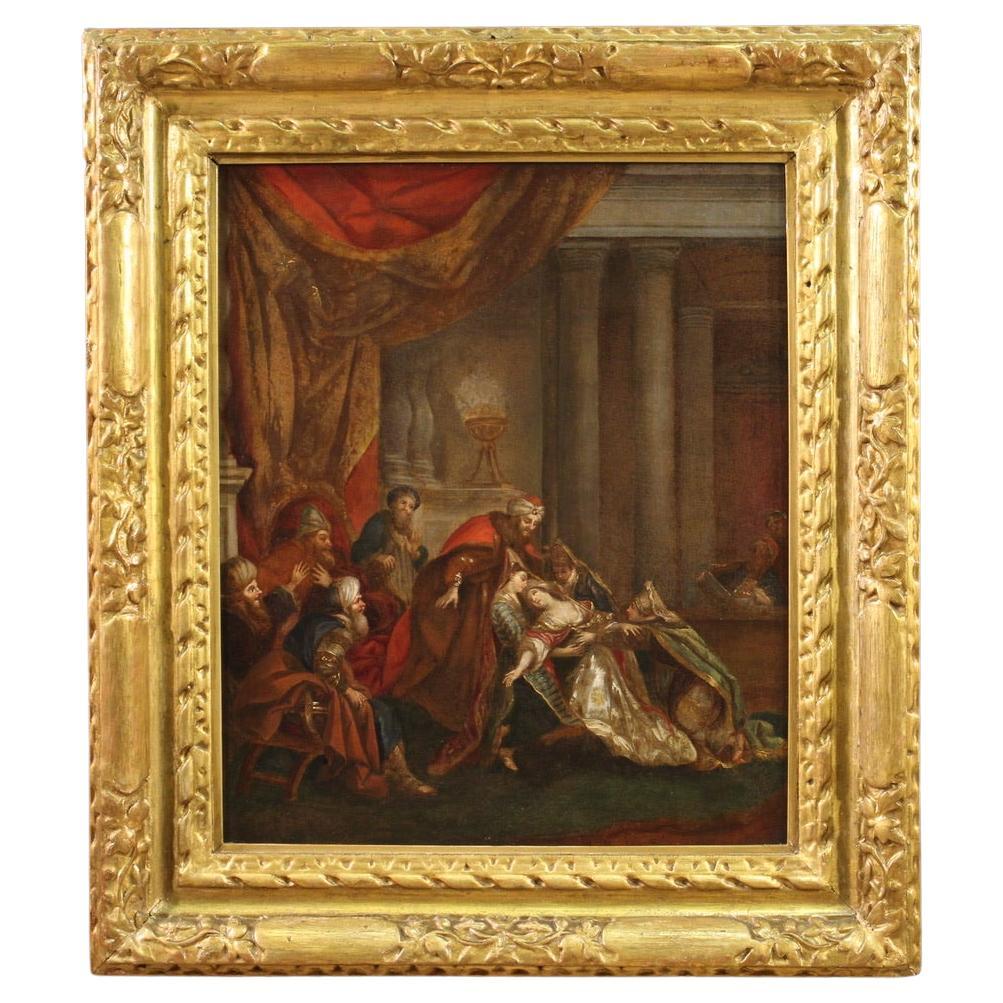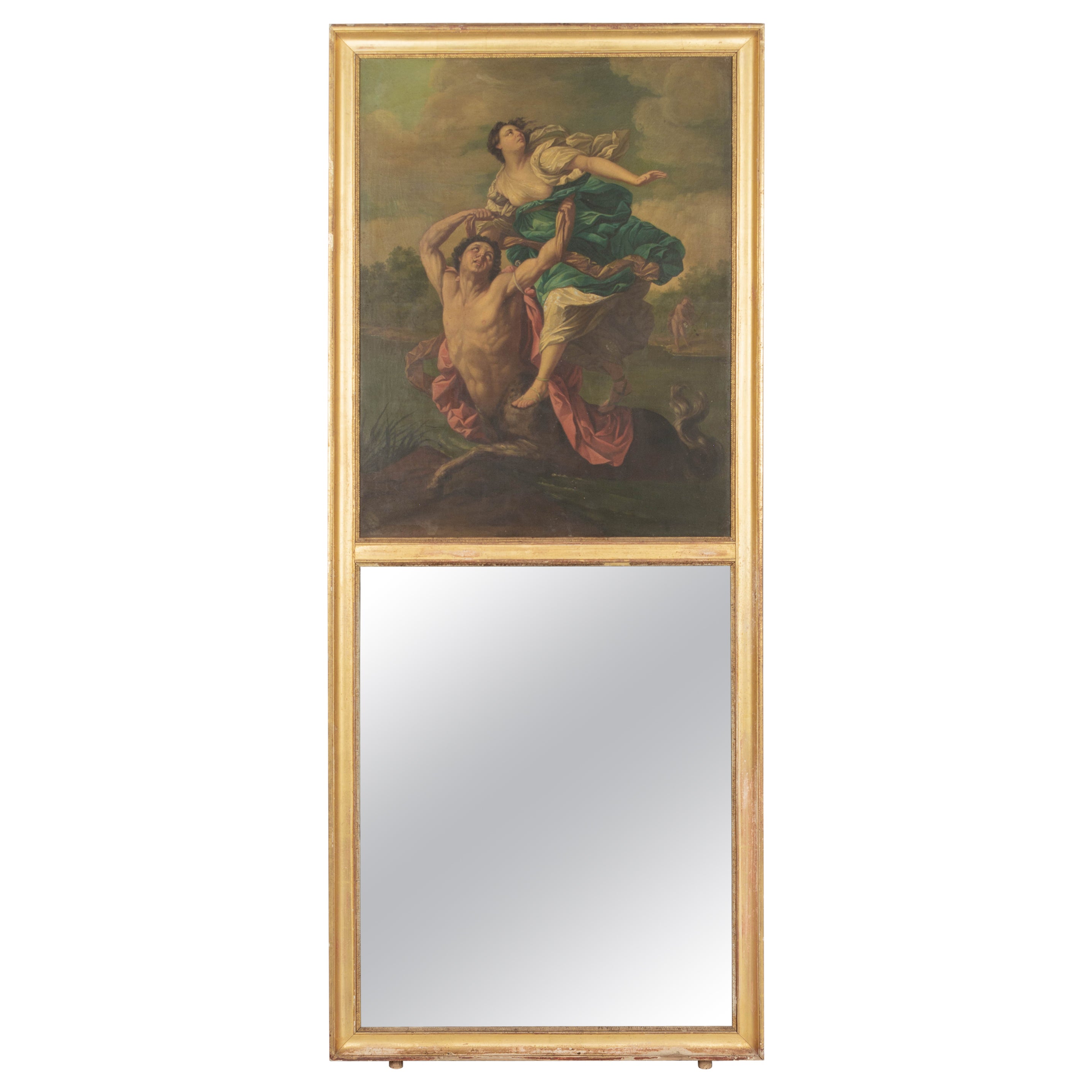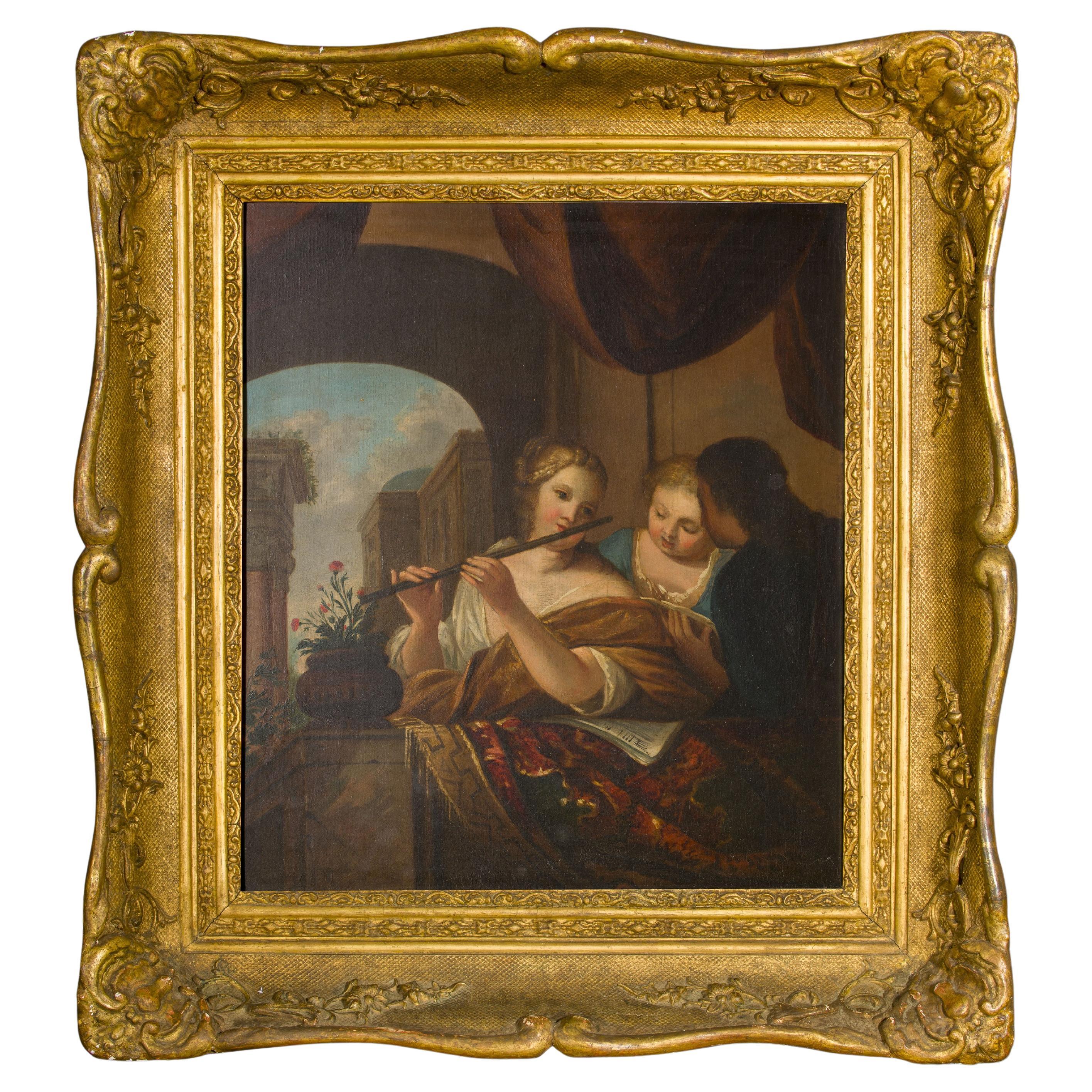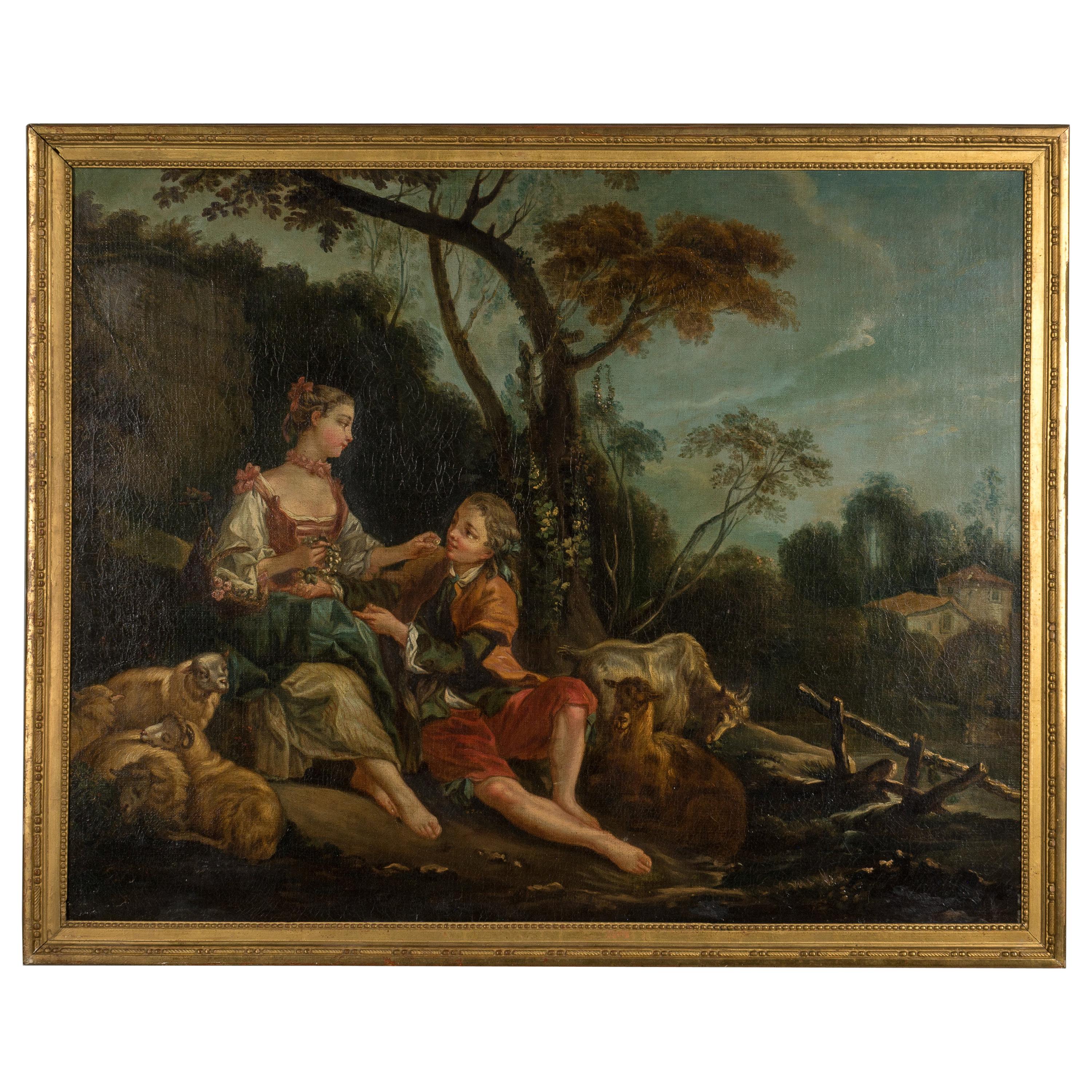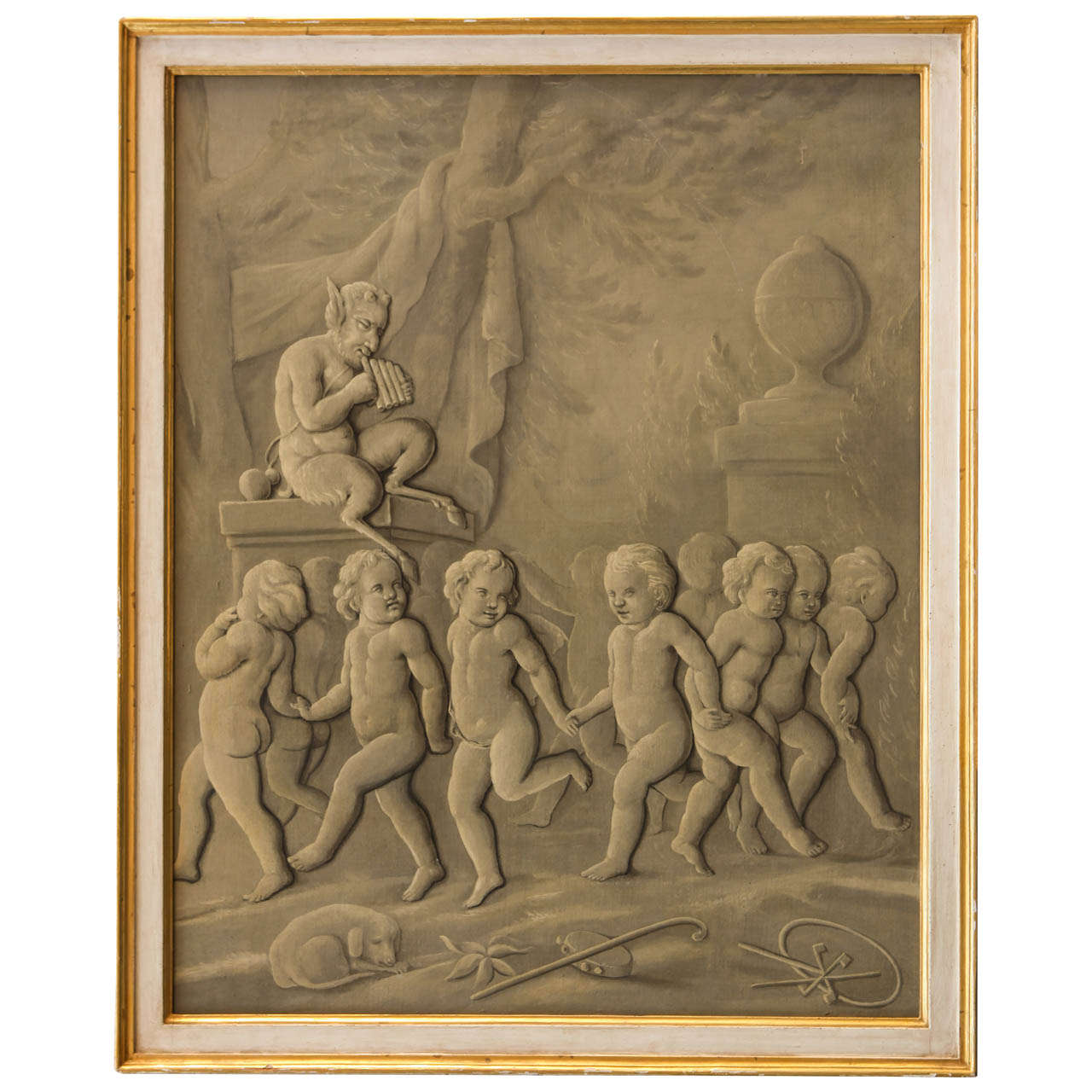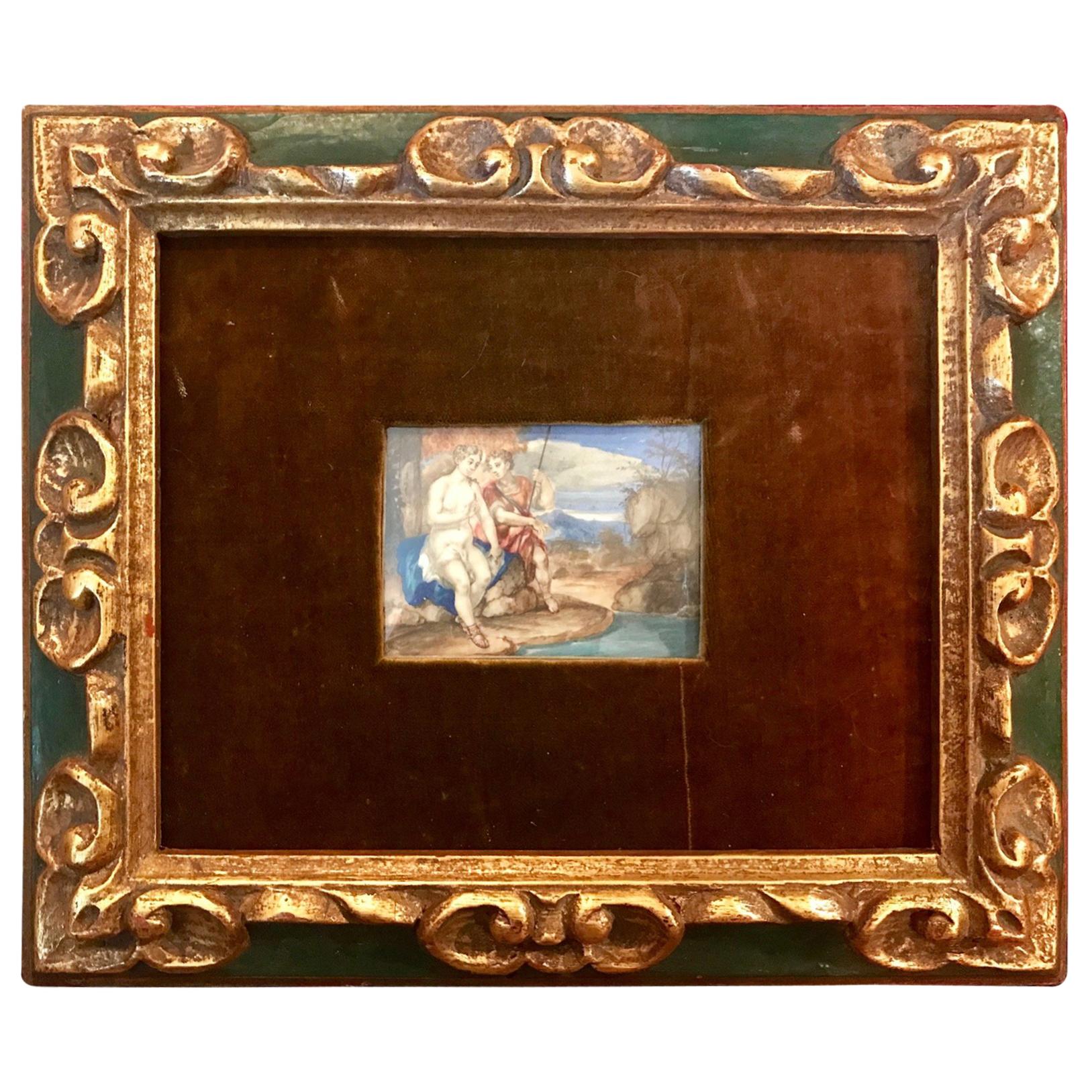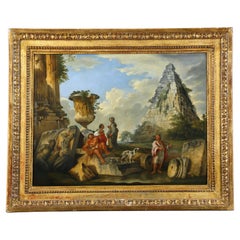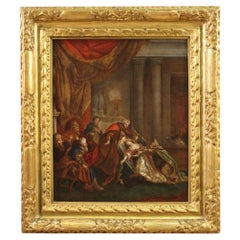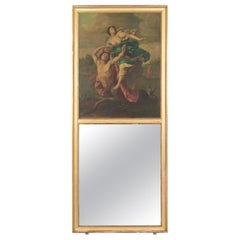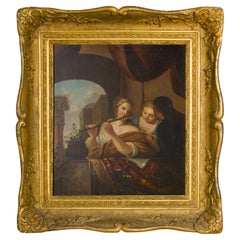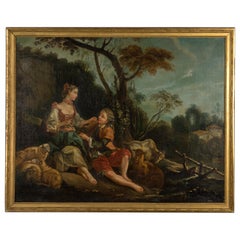Items Similar to 18th Century, French Painting with Esther’s Fainting before Ahasuerus
Want more images or videos?
Request additional images or videos from the seller
1 of 12
18th Century, French Painting with Esther’s Fainting before Ahasuerus
About the Item
Follower of Jean-François de Troy
Esther’s fainting before Ahasuerus
France, second half of the 18th century
Oil on canvas, measures: cm 50 x 59. Frame H80 x W71 x D7 cm
The valuable painting, made in oil on canvas, depicts The Fainting of Esther before Ahasuerus.
Esther is a character in the Hebrew Bible and the Christian Old Testament. There are two versions of Esther’s story, one traditional in Hebrew and another in Greek; both tell the same story, however the names, dates and places are different. The Greek text amplifies the content of the original Hebrew and makes its religious meaning explicit.
Esther is the daughter of Abigail of the tribe of Benjamin, one of the two tribes that constituted the Kingdom of Judah before its destruction by the Babylonians and the deportation, in 597, of the 'elite of the kingdom in the provinces of the Persian empire. A young Jewish woman, she is a heroic figure, because, thanks to her courage, she saved her people subjected to persecution because of the hostilities of Aman, minister of the King of Persia.
Esther, upon the death of her parents, was adopted by her cousin Mordecai, a court dignitary. After the king’s rejection of his wife, Mordecai introduced his cousin Esther to the court of Ahasuerus. The king soon fell in love with her and, while ignoring her origins, chose her as his bride. When Haman the Prime Minister decided to exterminate all the Jews of the kingdom, Mordecai, who always watched over Esther, urged her to appear before the king to intercede for her countrymen.
The scene here depicted recalls the dramatic moment when Esther, when she went before Ahasuerus, fainted in front of the king angry for his audacity. In fact, anyone who dared to appear spontaneously before the king was punished with the death penalty. Nevertheless, Ahasuerus, impressed by the audacity of his young and beautiful wife, allowed her to make his request. Thanks to Esther’s intercession, therefore, the edict was cancelled.
In this painting we can observe the episode described in the lower half of the canvas. And Esther fainted in the arms of two maidens, and immediately Ahasuerus rose up from the throne beside her, and looked with astonishment and concern at her, her lifeless wife. With her left hand she holds the golden sceptre she puts on Esther’s shoulders, indicating that she wants to listen to her, saving her life. The overcoming of this difficulty underlines the heroic action of Esther who, in order to contribute to the salvation of her people, is willing to pay in person. Behind Ahasuerus, some court characters attend with pathos to the scene, some raising hands, others leaning out of the session with amazement, all contributing to enhance the great drama of the moment described. The characters involved are portrayed in the splendor of royalty. Ahasuerus wears a coat of fur and a turban with central gemstones; Esther wears a silk dress and wears pearls and jewels.
In the background is described the rich palace of Ahasuerus: a large curtain on the left moves the architecture creating a fifth for the main scene. On the right, twisted and Doric columns enhance the magnificence of the palace.
On the far right, two men are depicted. One holds with his right hand a paper document that wants to remember the imminent threat, Aman and the edict itself that will soon be cancelled.
This painting is certainly inspired by a print of the engraving by Jacques Firmin Beauvarlet (Abbeville 1731 - 1797) taken from a painting by Jean-François de Troy (1679 - 1752). Jean-François de Troy prepared between 1736 and 1742 seven cartoons with Le Storie di Ester for the production of Gobelin’s tapestries. The one depicting The Collapse of Esther, preserved in the Grand Palais of the Musée du Louvre, was completed in 1737.
The author of the painting in question decides to work on a vertical format compared to the horizontal one of the engraving and the painting by Jean-François de Troy. He therefore chooses to slightly sacrifice the male figure on the left, but especially the three characters on the right. In the engraving we can better recognize the figure of Aman, sitting and holding the scroll of the edict, surrounded by two other men advisors who follow the scene in the foreground.
The print of the engraving is mirrored to that of the cardboard by Jean-François de Troy as Jacques Firmin Beauvarlet engraved to the positive, but the printing process, foreseeing the overturning of the metal plate (traditionally copper) placed under the press, creates an image symmetrical to the original.
Jean-François de Troy (Paris, 27 January 1679 - Rome, 26 January 1752), inventor of the composition of the painting and author of the cartoons for the tapestries, was encouraged by his father, François de Troy (1645-1750), well-known portraitist, to spend a few years in Italy, to learn the art of painting. Jean-François spent seven years there, until 1706 and returned to Paris, was admitted to the Academy of Fine Arts in Paris in 1708. Between 1724 and 1737 he worked at Versailles and Fontainebleau. He was active in making several designs for tapestries and tapestries of the Gobelins Manufactory. In 1727 he painted the canvas The Rest of Diana (now at the Museum of Fine Arts in Nancy), with which he won the 1st Prize of the Great Competition organized by Duke d'Antin and François Lemoyne. In 1738 he was appointed Director of the 'Academy of France in Rome, where he spent the rest of his life and where he had many students, including the Parisian painter Marianne Loir. In 1744 he was Prince of the Academy of San Luca.
Several autograph or attributed versions of Esther’s Fainting are known today. Some are almost identical, while others propose a different approach and setting. The version used for the tapestries also had different luck. Some paintings from the cartoon and the engraving by Jacques Firmin Beauvarlet bear witness to this. The print of this engraving was also diffused and re-proposed and the painting studied here is a valuable testimony of it.
Jacques Firmin Beauvarlet, famous engraver, was born in Abbeville in 1731. He went to Paris and studied with Charles Dupuis and Laurent Cars. His first way was bold and free, while later he distinguished himself for prints made with great sharpness and delicacy. Beauvarlet was married in 1761 to Catherine Jeanne Françoise Deschamps, who possessed a certain skill in the technique of engraving. Unfortunately she died in 1769 at the age of 31. Beauvarlet remarried in 1770, but was widowed again in 1779. Eight years later, in 1787, he married Marie Catherine Riollet (Paris 1755-1788), who, like his first wife, was an engraver. Beauvarlet was the king’s engraver and had the workshop in Rue St. Jacques in Paris, where he died in 1797.
In conclusion, the author of this painting must be sought in the French context, among the followers of Jean-François de Troy, active in the second half of the 18th century.
We apologize for any translation errors from 'Italian.
- Dimensions:Height: 31.5 in (80 cm)Width: 27.96 in (71 cm)Depth: 2.76 in (7 cm)
- Style:Louis XV (Of the Period)
- Materials and Techniques:
- Place of Origin:
- Period:
- Date of Manufacture:Second Half of the 18th Century
- Condition:Refinished.
- Seller Location:IT
- Reference Number:1stDibs: LU4405220022332
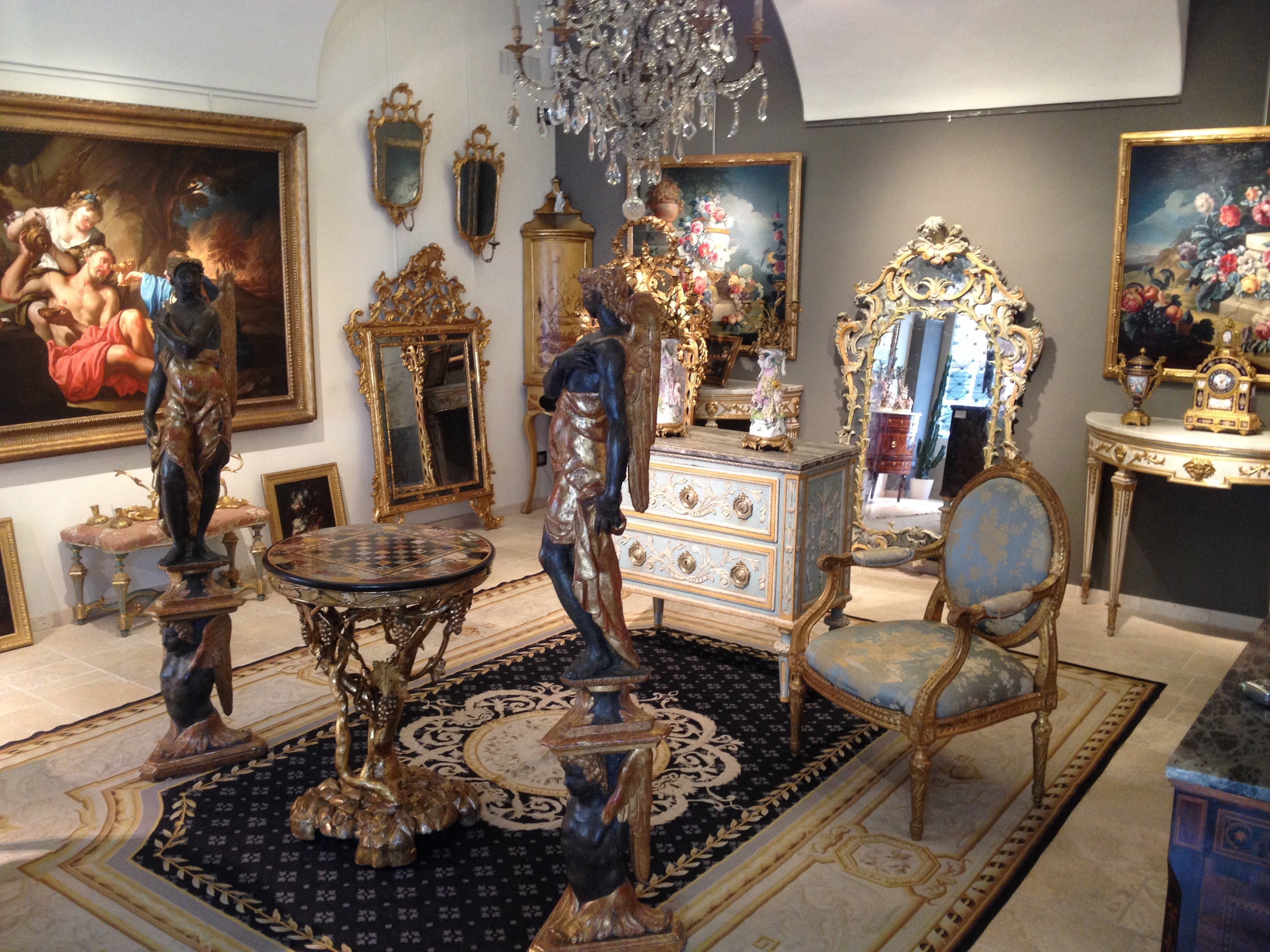
About the Seller
5.0
Platinum Seller
Premium sellers with a 4.7+ rating and 24-hour response times
Established in 1980
1stDibs seller since 2019
53 sales on 1stDibs
Typical response time: <1 hour
- ShippingRetrieving quote...Shipping from: Italy
- Return Policy
Authenticity Guarantee
In the unlikely event there’s an issue with an item’s authenticity, contact us within 1 year for a full refund. DetailsMoney-Back Guarantee
If your item is not as described, is damaged in transit, or does not arrive, contact us within 7 days for a full refund. Details24-Hour Cancellation
You have a 24-hour grace period in which to reconsider your purchase, with no questions asked.Vetted Professional Sellers
Our world-class sellers must adhere to strict standards for service and quality, maintaining the integrity of our listings.Price-Match Guarantee
If you find that a seller listed the same item for a lower price elsewhere, we’ll match it.Trusted Global Delivery
Our best-in-class carrier network provides specialized shipping options worldwide, including custom delivery.More From This Seller
View All18th Century, Painting with Still Life by Maximilian Pfeiler
Located in IT
Maximilian Pfeiler (active Rome, circa 1694-circa 1721 Budapest)
Still life with peaches, grapes, figs and pomegranate
Oil on canvas, Measures: cm H 63,5 x W 47. With frame cm ...
Category
Antique Early 18th Century Italian Baroque Paintings
Materials
Canvas, Wood
$24,144 Sale Price
20% Off
18th Century, Italian Oil on Canvas Painting with Landscape with Ruins
Located in IT
18th century, Italian oil on canvas painting with landscape with ruins
Measures: only the canvas cm W 97.5 x H 108; with the frame cm W 103.5 x H 114 x D 5
The fine oil on canv...
Category
Antique 18th Century Italian Baroque Paintings
Materials
Canvas
18th Century, Italian Painting Depicting Landscape with Watermill and Characters
Located in IT
18th century, Italian painting depicting landscape with watermill and characters
Oil on canvas; Measurements: frame cm L 103.5 x H 127 x P 5; painting L 93 x H 117.5
The painting...
Category
Antique Mid-18th Century Italian Rococo Paintings
Materials
Canvas
18th century, Italian Painting Architectural Capriccio with Caio Cestio Pyramid
By Giovanni Paolo Panini
Located in IT
18th century, Italian Painting Architectural Capriccio with the Pyramid of Caio Cestio, Roman painter, follower of Giovanni Paolo Panini
Dimensions: cm H 48 x W 63.5, frame H 65 x W ...
Category
Antique Late 18th Century Italian Rococo Paintings
Materials
Wood
$26,930 Sale Price
20% Off
18th century, Couple of Italian Paintings Capriccio with Mythological Scenes
Located in IT
Couple of architectural capriccio with mythological scenes, oil on canvas, painter from Bologna active in the 18th century
The two large and valuable pantings depict two architectur...
Category
Antique Early 18th Century Italian Baroque Paintings
Materials
Canvas
$60,361 Sale Price
20% Off
18th Century, Italian Oval Painting by Pietro D Ollivero with Historical Subject
Located in IT
Painting by Pietro Domenico Ollivero.
"Manio Annio Curio Dentato receives the ambassadors of the Samnites", around 1740
The work in question depicts the scene of and was made by the famous italian painter Pietro Domenico Ollivero. The oval canvas shows on the back the card of the Galleria Caretto in Turin (Italy) with the authentic 1965 Giorgio Caretto. The work was also published in "I Piaceri e le grazie" by Arabella Cifani and Franco Monetti in 1993.
The subject refers to the history of Rome and an episode narrated by the historian Valerio Massimo.
Manius Curius Dentatus (330 BC - 270 BC), one of the great Romans of the 3rd century B.C. was a consul in ancient Rome, known for ending the Samnite Wars. Elected consul in 290 BC. along with Publio Cornelio Rufino, in the same year he fought and won the Third War against the Samnites and their allies, thus ending a conflict that had lasted for 49 years. He definitively subdued the Sabines and the Greek army of Pyrrhus in the battle of Benevento. He represented the ideal prototype of ancient Roman for the generations that followed in that he avoided public honours; Cato the censor, who collected his sayings, placed him among the great figures of universal history. For centuries after his death (in 270 B.C. while overseeing the construction of the second aqueduct in Rome) his military exploits were recounted and his moral rectitude was praised as an example for all the Romans. Ollivero, in the cultured choice of the episode, illustrates the moment when Manio Curio Dentato is found in his home, characterized by Roman walls, sitting by the fire, on a rustic bench while eating his meal in a "ligneo catillo" (wooden basin...
Category
Antique 1740s Italian Baroque Paintings
Materials
Canvas
$13,465 Sale Price
20% Off
You May Also Like
18th Century Oil on Canvas French Painting Esther fainting before Ahasuerus
Located in Vicoforte, Piedmont
French painting from the second half of the 18th century. Oil on canvas artwork depicting a scene from the Old Testament, Esther fainting before Ahasuerus. Esther is a young Jewish w...
Category
Antique 1770s French Paintings
Materials
Canvas
18th Century French Trumeau Mirror with Greek Myth Painting
Located in Winter Park, FL
An 18th century French Louis XVI style trumeau mirror with a large oil painting depicting The Abduction of Deianira after Guido Reni. Gilded wood frame with bright gilt finish is in ...
Category
Antique Late 18th Century French Louis XV Trumeau Mirrors
Materials
Canvas, Mirror, Giltwood
18th Century French Rococò Painting
By Jean Raoux
Located in Roma, IT
18th Century French Rococò Painting
An important oil on panel painting attributed to the great French artist of the eighth centur...
Category
Antique Early 18th Century French Rococo Paintings
Materials
Wood
18th Century French Oil Painting
Located in Winter Park, FL
A late 18th century French painting depicting a romantic couple in a pastoral setting. Oil on canvas. Unsigned. Original gilded wood frame. Small repair to canvas in the upper left c...
Category
Antique Late 18th Century French French Provincial Paintings
Materials
Giltwood, Paint
Late 18th Century French Grisaille Painting
Located in Rome, IT
Late 18th century French Grisaille Painting, oil on canvas.
Mythological scene with the Greek God Pan and dancing putto figures with ivory painted an...
Category
Antique 18th Century and Earlier French Neoclassical Paintings
Materials
Canvas
18th Century French Miniature Genre Painting
Located in Vero Beach, FL
Superb French hand-painted watercolor/gouache miniature on a bone panel. It depicts Bacchus and Ariane in a courting scene set in a mountainous landscape. The 18th century miniature is a version of the painting by Charles Joseph Natoire (1700-1777). It is a small but elegant painting with amazing quality details. It is mounted in a hand carved polychrome and gilded Spanish Baroque style wood frame...
Category
Antique 18th Century French Baroque Paintings
Materials
Bone
